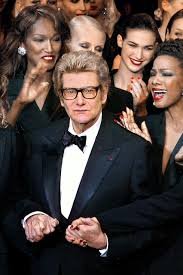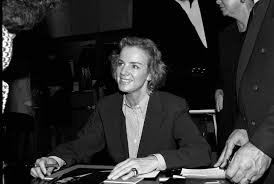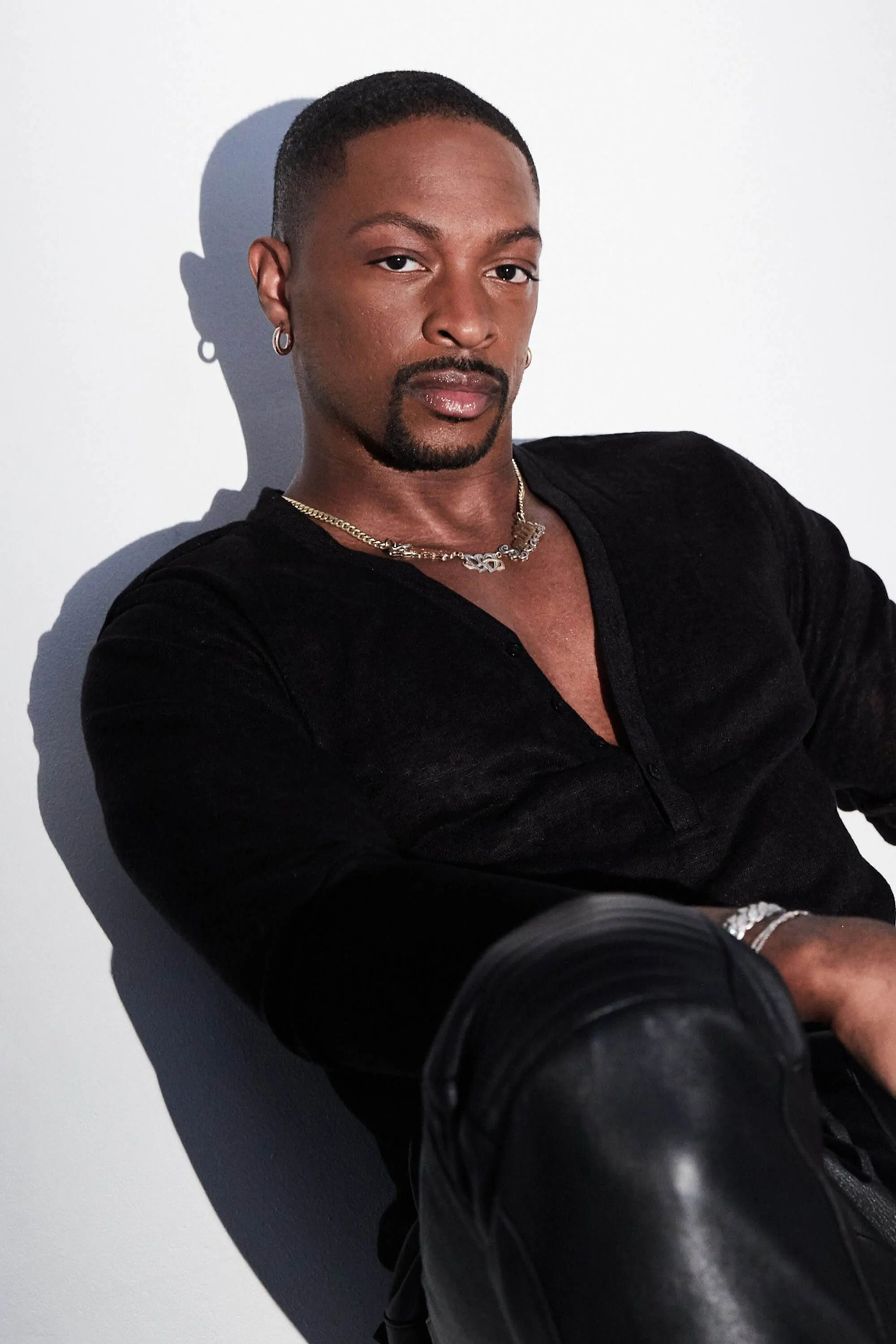Revolutionizing the Runway: An Ode to LGBTQIA+ Fashion Designers who have Created A New Lane
Fashion is more than throwing an outfit together, it’s about empowerment and self-expression. When we talk about all the ways the fashion industry has expanded in both subjectivity and inclusivity, we must also talk about the fashion designers who paved this path. For years, LGBTQIA+ designers have been challenging boundaries in the name of authenticity, creating transformative pieces and making statements that still catch our eye. Featured are four visionaries that have left their mark on the fashion industry.
Yves Saint Laurent
Image credit: Getty Images
By the age of 21, Yves Henri Donat Matthieu Saint Laurent was noted highly amongst his peers for the ways he reframed fashion standards. The creator changed the way women would dress for years to come, by first providing the accessibility of men’s clothing through creating androgynous looks with blazers, pants and suits. He also changed the way silhouettes would be considered when designing womenswear by challenging the typical cinched waist figure with one that is lighter and flows. Saint Laurent was also known for putting diversity on the forefront of his work during a time where models of color were not being recognized; he became one of the first designers to include women of color in his work. Naomi Campbell’s debut on her first Vogue cover in 1988 made her the first Black model to be featured on the cover of French Vogue. This cover was able to happen because Saint Laurent advocated for her. In wake of the designer’s passing, Campbell shared in an interview, "My first Vogue cover ever was because of this man. Because when I said to him 'Yves, they won't give me a French Vogue cover, they won't put a black girl on the cover' and he was like 'I'll take care of that,' and he did."
Telfar Clemens
Image Credit: Sue Kwon
The New York born designer has shifted the meaning of luxury prioritizing accessibility over exclusivity. Named after Telfar himself, the brand lives up to their mantra of “Not For You, For Everyone” by creating attainable, yet high quality purses and clothing to show that luxury items don't have to break your pockets. Telfar has used fashion as means of celebrating culture and self, with their designs being inspired by the queer NYC party scene and the essence of neighborhoods in the city. Clemens explained in an interview, “We’re turned on by entertainment, TV and what’s actually going on in the culture sphere globally, on a mass level where every single person sees it, not just a select few who are part of an exclusive group.”
Jil Sander
Image Credit: Jane Grossenbacher
Described as “the first feminist in fashion, Jil Sander revolutionized womenswear, pioneering a signature style that embodied minimalism. Sander was able to inspire other designers with her intricate work, and in turn changed society’s idea of modern femininity. When discussing her brand, Sander has shared “Initially, it was the impractical fashion that brought me to design my own line. I felt that it was much more attractive to cut clothes with respect for the living, three-dimensional body rather than to cover the body with decorative ideas.” Sander’s commitment to her brand’s philosophy expanded her career as well as the industry’s outlook on minimalism.
LaQuan Smith
Image Credit: Greg Swales
LaQuan Smith is amongst the 7.3% of Black fashion designers in the United States who created a name for themselves and became a staple amongst powerful women. Having had the opportunity to dress Kamala Harris, Beyonce and other notable figures, Smith developed his own distinct aesthetic for his brand which can be described as a sultry take to city nightlife. His custom couture continues to turn heads as he continues to revolutionize his brand and what it stands for.
Thierry Mugler
Image Credit: Thomas Coex
Thierry Mugler, well renowned French designer, reminds us that fashion and queer culture are, and have always been, interconnected. He always highlighted the power in inclusivity by collaborating mainly with drag artists, transgender models and other LGBTQIA+ designers in the industry. In the 1980’s Mugler spotlighted trans models Connie Flemmings and Teri Toye in his runways shows, challenging traditional beauty standards and normalizing transgender representation in the fashion world.






